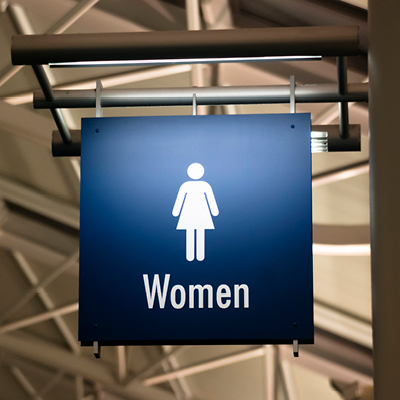Do you think you have a bladder infection? Here's what you need to know
Posted June 15, 2020 by Naveen K Arora, MD

So, chances are, you’ve experienced the agonizing telltale symptoms: the constant need to pee and the awful burning sensation every time you go. Other symptoms can include:
• Frequent urination
• Bloody urine
• Milky or cloudy urine with a strong odor
• Pressure or cramping in the groan or lower abdomen
• Burning with urination
If you’re experiencing an upper urinary tract infection, the symptoms are more flu-like and may include: fever, chills, nausea and vomiting.
A UTI is caused by bacteria from your skin or rectum that get into your urinary tract. The infection can spread to your bladder or upper part of the urinary tract, including your kidneys. The bacteria can grow and multiply, causing swelling and pain.
UTIs are more common in women: Women get UTIs up to 30 times more often than men do. That’s because a woman’s urethra — the tube that reaches from the bladder to the opening of her body to release urine — is shorter and closer to the rectum than a man’s. This makes it easier for bacteria to reach the bladder.
Risk Factors
Some women are at a higher risk for getting a UTI, including those who are:
• Sexually active: Sexual activity can transfer germs from other areas to the urethra, such as the anus or vagina. Also, spermicides can kill good bacteria that protect you from infection.
• Pregnant: Pregnancy hormones can change the bacteria in the urinary tract, making pregnant women more susceptible to UTIs.
• Menopausal: After menopause, the loss of estrogen in the body can cause vaginal tissue to become thin and dry. This can become a breeding ground for harmful bacteria.
• Diabetic: Diabetes can lower your immune response to defend against infection. In addition, diabetes can cause nerve damage, which can make it harder to fully empty your bladder. Leftover urine with bacteria in it can cause a UTI.
• Suffering from kidney stones: Kidney stones can block the flow of urine between your kidneys and your bladder, allowing bacteria to collect.
• Experiencing prolonged use of catheters: Catheters drain urine when you cannot pass it on your own and provide a surface for bacteria to grow on.
Diagnosis and Treatment
It’s important to see your doctor if you’re experiencing symptoms of a UTI. To diagnose a UTI, your doctor will review your symptoms, do a physical exam and test a sample of your urine for bacteria.
UTIs are treated with antibiotics and you should get relief within one to two days.
If left untreated, it can spread to the kidneys or other parts of your body and become a more severe infection. Not to mention, upper UTIs are more difficult to treat. In rare cases, the infection can pass into your blood stream, which can be life threatening.
UTI Prevention
The good news is there are preventative measures you can take to avoid UTIs. Here are a few steps you can take in prevention:
• Don’t hold your urine. Go when you get the sensation. The longer urine stays in your bladder, the more time bacteria have to grow.
• Urinate before and after sex.
• Wipe from front to back and practice good hygiene to keep the area clean.
• Stay hydrated to allow your urethra to flush itself out. You should drink about 8 glasses of water each day.
• Do not douche or use feminine hygiene products.
• Wear cotton underwear that is breathable. Avoid tight-fitting pants or materials that can trap moisture.
• Take showers instead of baths. If you must bathe, limit baths to 30 minutes or less.
• If you have suffered with multiple UTI’s, this is an indication to see a Urologist or Advance practice Provider to find the underlying cause. They can help with further preventative strategies.
About the Author
Vitality eNews Sign Up
Receive the Summa Health eNewsletter for the latest health tips, advice and updates.

